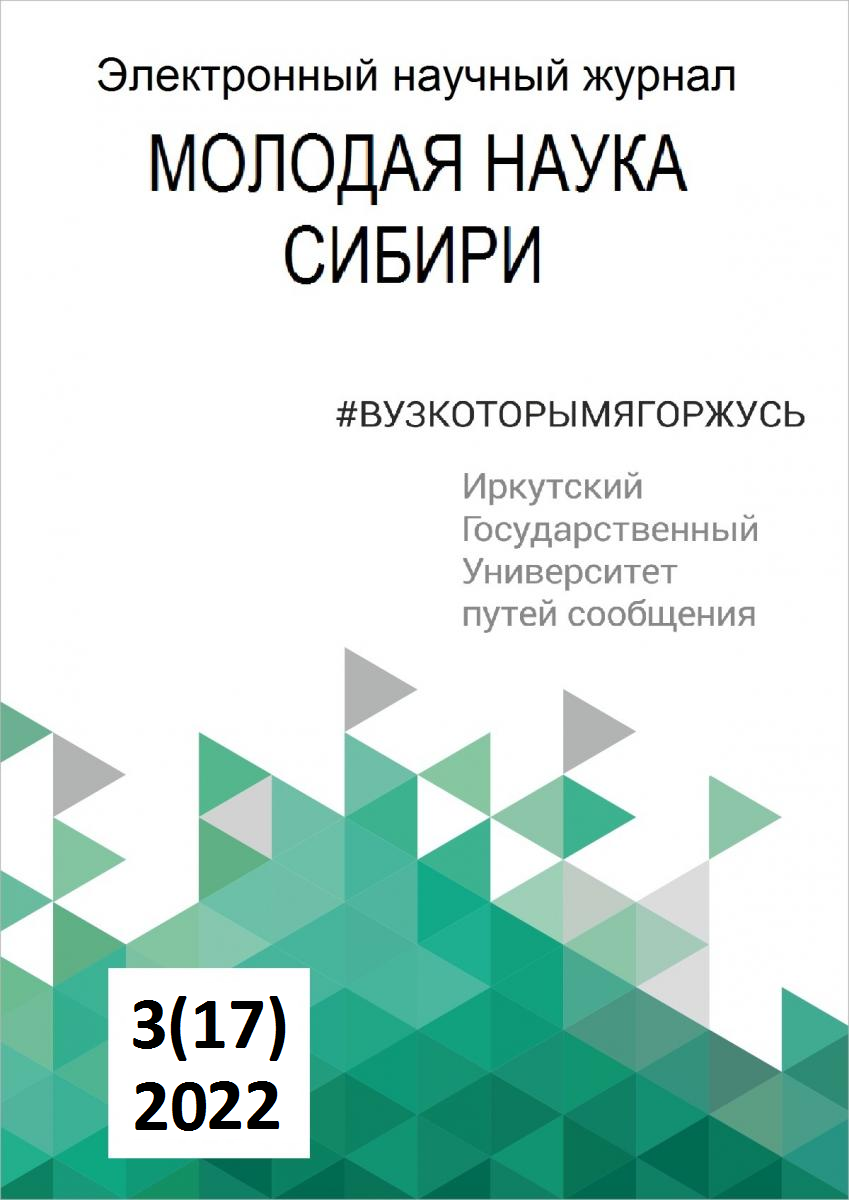FORMATION OF ARBITRARY WAVEFORMS USING THE SDK-1.1 MICROPROCESSOR STAND
Keywords:
signal, arbitrary shape, SDK-1.1 stand, algorithm, program, flowchart, complianceAbstract
Maintaining a certain level of electricity quality has been a serious problem lately. Numerous industrial and household electric consumers have serious economic losses due to the low quality of electricity. The reason for this situation is the widespread use of nonlinear loads (and at all voltage levels), for example, household appliances, fluorescent lamps, adjustable drives, and so on. In addition, the power supply indicators deteriorate due to the presence of such loads that work with unstable energy consumption (especially reactive), with the presence of short circuits in the network and switching of capacitors.
The main means that make it possible to control the quality of electricity are quality analyzers. But there is a problem, which consists in how to check the serviceability of electricity quality analyzers, if at the moment no international organization, for example, IEC, has developed and approved the appropriate test methods. A solution is proposed in the form of using the SDK-1.1 microprocessor stand, with the help of which arbitrary shape signals are generated. An algorithm for the formation of a sawtooth signal has been developed. A flowchart is presented, on the basis of which the program is compiled. When loading the program into the stand, the output voltage has a sawtooth shape. Algorithms and flowcharts for two more waveforms are also presented: triangular and sinusoidal. The sinusoidal signal was given by the tabular method. The method of calculating the values of the sine wave is presented in the article. According to the received oscillograms, the corresponding conclusions are made.
References
Овечкин И.С. Оценка эффективности применения комплектных распределительных устройств для тяговых подстанций // Молодая наука Сибири. 2021. № 2 (12). С. 181-194.
Овечкин И.С., Поляков М.М. Изменение сигнала на выходе линейного колебательного контура при приближении частоты к резонансной // Молодая наука Сибири. 2021. № 2 (12). С. 372-382.
Ключев А.О., Кустарев П.В., Платунов А.Е. Инструментальные и учебные контроллеры семейства SDK // Компоненты и технологии. – 2002. - № 5. – С. 70 – 73.
Бессонов, Л.А. Теоретические основы электротехники. Электрические цепи: Учебник для бакалавров / Л.А. Бессонов. - М.: Юрайт, 2015. - 701 c.
Кузнецов В.А., Марюхненко В.С., Миронов Б.М., Потоцкий А.Н Системный подход к решению проблемы автоматического дешифрирования радиолокационных изображений наземных объектов в реальном масштабе времени // Вестник Воронежского государственного университета. Серия: Системный анализ и информационные технологии. 2017. № 2. С. 5-15.
Ступицкий В.П., Худоногов И.А., Тихомиров В.А., Лобанов О.В. Повышение достоверности диагностирования состояния несущего троса контактной сети // Современные технологии. Системный анализ. Моделирование. 2020. № 1 (65). С. 136-143.
Пузина Е.Ю. Целесообразность применения системы мониторинга силовых трансформаторов // В сборнике: ПОВЫШЕНИЕ ЭФФЕКТИВНОСТИ ПРОИЗВОДСТВА И ИСПОЛЬЗОВАНИЯ ЭНЕРГИИ В УСЛОВИЯХ СИБИРИ. 50-летию энергетического факультета посвящается. 2013. С. 167-171.
Жоглик И.В., Пузина Е.Ю. Автоматизированная интеллектуальная система непрерывного компьютерного контроля и диагностики силового оборудования // В сборнике: ПОВЫШЕНИЕ ЭФФЕКТИВНОСТИ ПРОИЗВОДСТВА И ИСПОЛЬЗОВАНИЯ ЭНЕРГИИ В УСЛОВИЯХ СИБИРИ. Материалы Всероссийской научно-практической конференции с международным участием . Под общей редакцией В.В. Федчишина. 2015. С. 104-109.


